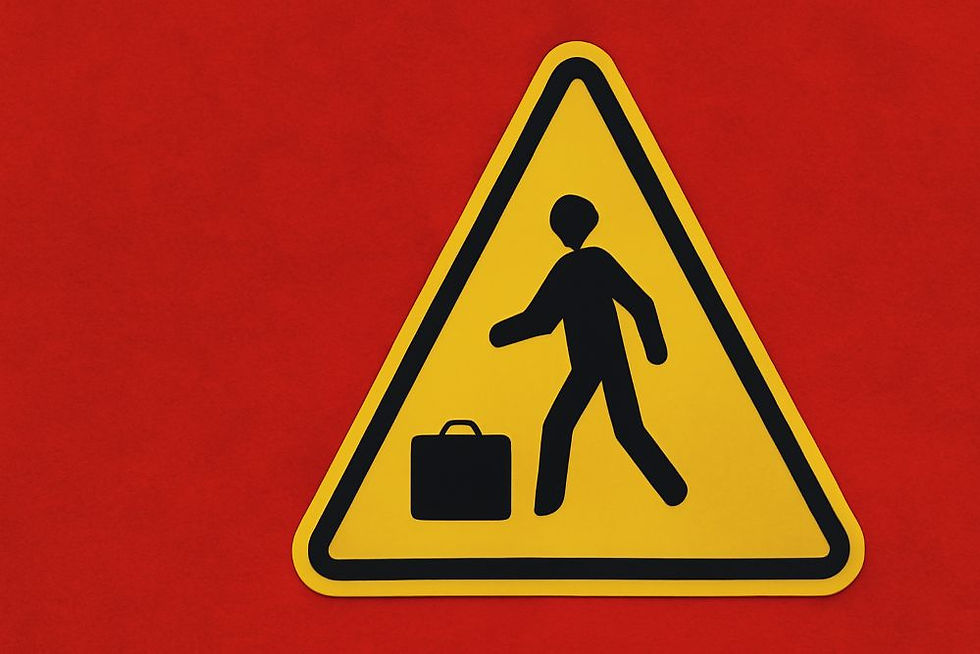Trump Declares Ceasefire in Israel-Iran Conflict
- Admin
- Jun 24, 2025
- 3 min read

In a development that could mark a turning point in one of the most volatile episodes of modern Middle East history, U.S. President Donald Trump has announced a "complete and total ceasefire" between Israel and Iran following nearly two weeks of military exchanges, cyberattacks, and regional unrest.
The announcement, made from the White House Rose Garden late Tuesday evening, signals the culmination of behind-the-scenes diplomatic efforts led by the United States, with indirect support from Turkey, Qatar, and Switzerland.
Trump’s Statement: "Peace Through Strength"
Standing behind a podium emblazoned with the presidential seal, Trump declared:
"Today, I am proud to announce that a complete and total ceasefire has been agreed upon between the State of Israel and the Islamic Republic of Iran. After 12 days of dangerous escalation, this agreement marks a victory for peace, for stability, and for the power of strong American leadership."
He added that both sides have committed to no further strikes, and that backchannel communications between Israeli and Iranian intermediaries will remain open to "ensure the path to de-escalation remains clear."
The 12-Day Conflict: A Flashpoint in History
The ceasefire follows a harrowing 12-day period that saw:
Iranian missile attacks on U.S. and Israeli bases in Iraq and Qatar
Israeli preemptive airstrikes on Iranian nuclear and military sites
Civilian casualties in Tehran and Haifa
Regional spillovers involving Hezbollah in Lebanon and the Houthis in Yemen
Widespread disruptions in air travel and shipping through the Strait of Hormuz
More than 300 people were killed, thousands injured, and oil prices surged to a 10-year high during the crisis.
🇺🇸 The U.S. Role: Provocation and Peacemaker
Ironically, it was President Trump’s initial strike on Iranian nuclear facilities Operation Midnight Hammer that ignited the latest conflict. The operation was widely condemned by the EU, China, and Russia as provocative.
However, after 12 days of spiraling tension and public outcry, Trump pivoted toward diplomacy, leveraging America's military dominance and its influence over Israel to pressure both parties into a ceasefire.
"Trump may have lit the match, but he also put out the fire," said former U.S. diplomat Amb. Richard Haass.
Key Terms of the Ceasefire (Unofficial Sources)
While the full text of the agreement has not been released, insider reports suggest the following:
Iran agrees to suspend retaliatory missile launches on Israeli and U.S. positions.
Israel halts further strikes on Iranian territory and military assets.
Mutual restraint pledges regarding cyber warfare and regional proxies (e.g., Hezbollah, IRGC Quds Force).
A potential international monitoring framework, possibly under UN or Swiss mediation.
Global Reactions
🇺🇳 United Nations:
Secretary-General António Guterres welcomed the ceasefire, stating:
"This agreement is a moment of hope for a region long gripped by fear. We urge all parties to uphold their commitments."
🇪🇺 European Union:
Brussels praised the U.S. diplomatic shift but called for a return to structured multilateral talks on Iran’s nuclear program.
🇷🇺🇨🇳 Russia & China:
Both nations expressed cautious optimism, but warned that future unilateral actions by any party—including the U.S.—could reignite tensions.
Markets Respond Positively
Global markets reacted swiftly:
Brent crude prices dropped by 12% within hours of the announcement
Airline and shipping stocks rallied
The Israeli shekel and Iranian rial both strengthened modestly against the U.S. dollar
Strategic Implications
Analysts agree that the ceasefire, while fragile, represents a critical de-escalation and could reset the tone of Middle East diplomacy. However, several risks remain:
Iran’s hardliners may reject concessions
Israeli domestic pressure could oppose restraint
Proxy actors like Hezbollah or Shia militias may act independently
This fragile peace may need intensive monitoring and long-term diplomatic architecture to hold.
Conclusion: A Pause, Not a Peace Deal
While the ceasefire is a significant achievement, it is not a peace treaty. It halts violence at least temporarily but leaves underlying grievances and distrust unresolved.
Still, after 12 days on the brink of a regional war that threatened to spill into a global conflict, this moment offers a glimmer of stability and a renewed opportunity for diplomacy.
As President Trump stated: “Sometimes peace looks like strength. Sometimes, it’s the strength not to strike back.”









Comments